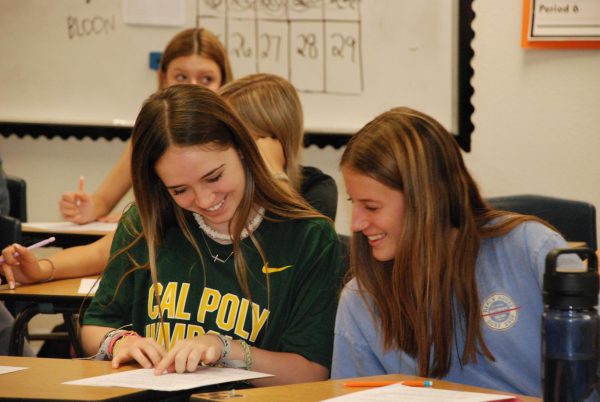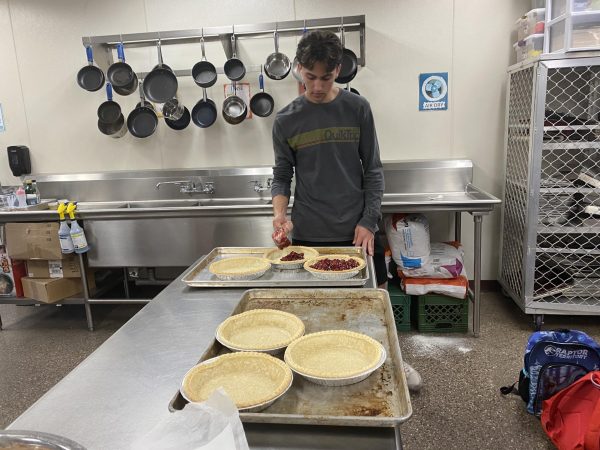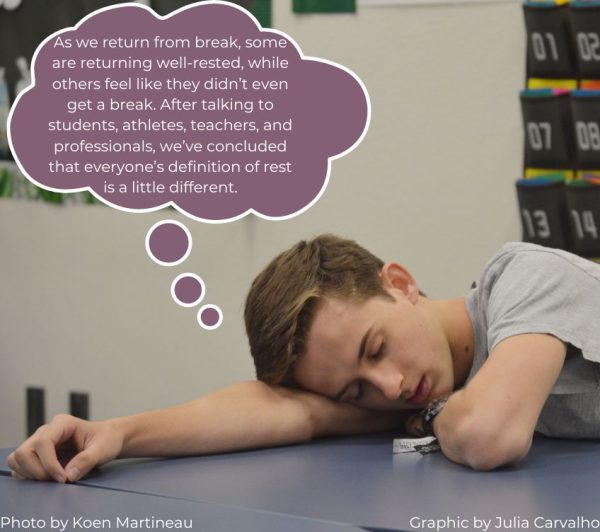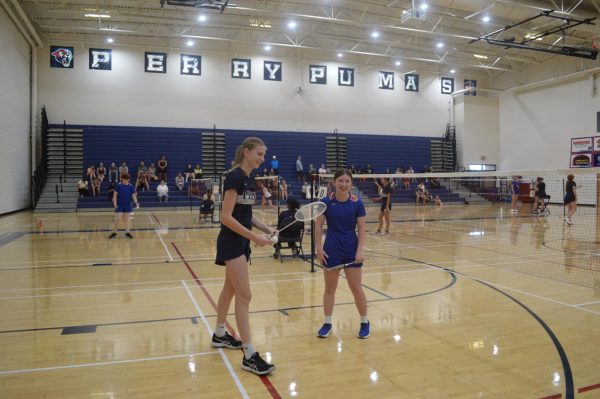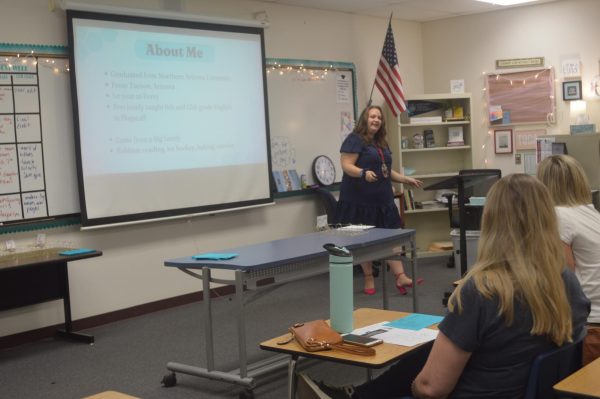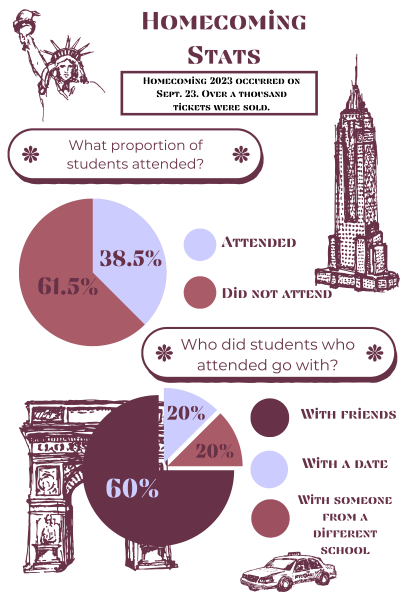Beds to desks
Teachers dive into their experiences as classes encroach on their third week back in-person.
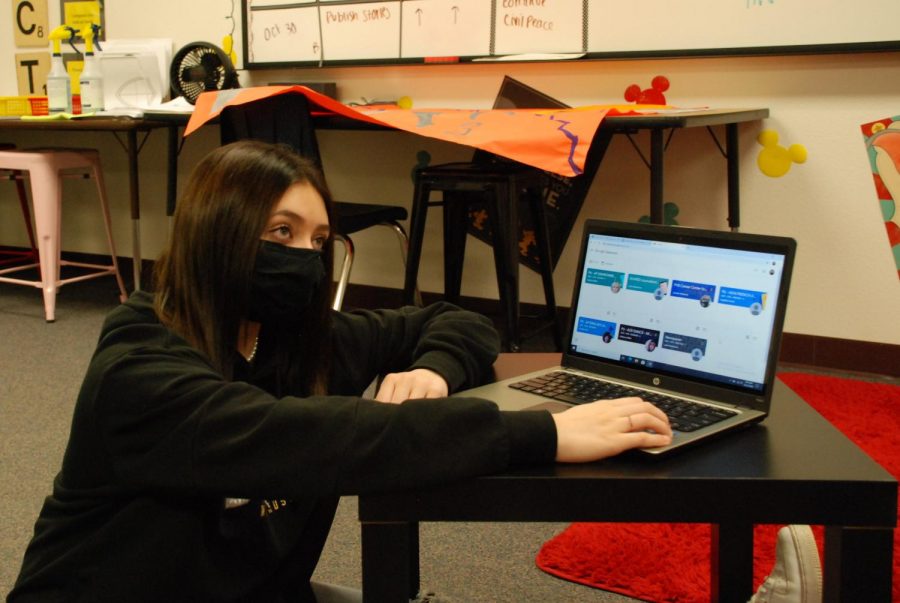
Students and staff both expressed their frustration with the learning expectations that have changed in the post-quarantine classroom. Most teachers rely on the COW laptops for instruction.
The transitions from beds to desks, wifi issues to passing periods, and online breaks to cafeteria food have been a challenge for some students and a blessing in disguise for others.
And for teachers?
Teachers’ opinions and observations in their classrooms echo the mixed response from students. In order to break it down, here’s what four staff members have to say about the return to in-person classes:
Addressing the daily block schedule
The response from teachers concerning the daily block schedule was unanimous: block days have their pros and cons. Honors English teacher, Kimberly Rygiel, explained that the daily block schedule has only slightly affected the way that she lesson plans for her classes. “Due dates are just slightly different,” she said.
Similarly, World History teacher Taryn Randall shared the sentiment, and stated that the adjusted schedule is “similar, but I have to be more creative with the activities that we do.” Rygiel also mentioned that, because of the daily block, “I feel like we can get a lot more done in class and I don’t have to send students home with a bunch of homework.”
“The biggest thing is making sure that [lessons are] engaging for that whole two hours,” Investigative Science teacher Lillyann Myers stated.
In contrast, Psychology teacher Daleana McPherson explained that the block schedule has presented her with a set of challenges. “It’s tougher because I feel like I lose more class time,” she said. “I don’t want to lecture the whole block.”
Comparing students’ work ethic and attentiveness in online versus in-person classes
Each of the teachers came to the consensus that students have been more successful in doing work in-person over online work.
Rygiel explained that she has observed that her students are “more motivated to get things done when they’re sitting in the classroom.” Mcpherson agreed, saying, “when [students] come to class they know they have to be prepared.”
Randall addressed an interesting factor of online learning that does not transition to in-person instruction. “For some kids I had never seen their faces online, until they came into class I had never heard back from them, I had never seen them before,” she concluded. “We can have more discussion in class so I think the retention of the information is… better now than it was online.”
Implementing virtual options in the classroom
While some teachers agreed that they will be utilizing online options like their Google Classrooms, even as students have returned, McPherson addressed the fact that in-person students are expected to be socially distancing. “[First quarter] I did stations and met with small groups… Here I’d love to do that, but I can’t meet with [students] right now,” she disclosed.
Randall explained that “The way that I taught online is not the way that I enjoy teaching,” while, in contrast, Rygiel stated that “I learned a lot of things online that I carry back into live instruction.”
On the science side of the spectrum, Myers explained that “in order to keep contact as minimal as possible,” she has her students do labs the same way that she executed them online: she goes through the steps of the lab in the front of the class for her students and they make their own observations and conclusions from the data.
Overall thoughts on the return to school
“It has been a pretty seamless transition for us,” Rygiel laughed. “But you can’t just like mute kids,” which was always an option for teachers on Google Meets lessons. She elaborated further: “I have more time to focus on working with students and getting them what they need versus the administrative duties [that came with online learning].”
Randall summed up that, in her Freshman classes, “We can have more discussion in class so I think the retention of the information is… better now than it was online.”
The end result of this discussion is that the in-person daily block schedule has its pros and cons, just as virtual learning did. It will be interesting to see how students’ motivation and teachers’ stamina evolves with the school year.

Anna Myers is a senior at Perry High School, and is excited to be the 2020-21 Managing Editor for The Precedent. Out of the newsroom, Anna enjoys participating...

